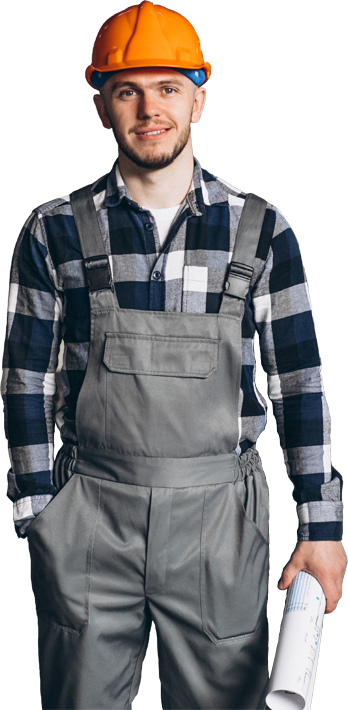Painting

The painting technology is growing more rapidly day-by-day and it has attained a higher position in almost all areas where nothing is said to be complete without painting as far as material world is concerned. Painting of civil engineering structures is required from aesthetic considerations, and as protective coating.
Suitable type of paints applied to the surfaces can enhance the life as well as appearance of the structure.The most important functions of paints are protection and decoration of a substrate. The three factors sunlight, moisture and heat affect the durability of paint coatings and the durability of substrates (wood, plastics, etc.). Although, each factor can independently lead to deterioration, the effect of the combination of the three factors is much more severe than each factor separately. Each of them can lead to the breakdown of the resin in painted surfaces which binds (holds) the pigment to the substrate surface.
The more resin available to completely coat a pigment particle, the more forcefully the particle is bound to a surface.It is the fact that premium paints have a high ratio of resin to pigment. A low cost paint typically has a high pigment content relative to resin content as pigment is less expensive than resin. Although a high pigment content paint has an excellent “hiding” ability, high pigment content paints with low resin contents are unable to resist exposure to sunlight and moisture. Gloss paints have more resin than semi-gloss paints, and semi-gloss paints have more resin than flat paints. Gloss paints have the most resistance to ultraviolet radiation and moisture; flat paints have least.
Waterproofing
Waterproofing is basically a process designed to prevent water from penetrating into a structure. Typically waterproofing is done in various layers and stages to create multiple barriers so that water cannot penetrate the structure. A structure is waterproofed by the use of membranes and coatings to protect contents underneath or within as well as protecting structural integrity. A combination of such stages is referred to as creating a “Building Envelope”. Therefore, compatibility of materials, their interactions, connections of building enclosures altogether also judges the performance of a building. And this performance is most hampered by the outdoor weathering factors, of which rain water and site drainage plays the major role. Thus, protection from weather, seepages from ground and vertical travel of water in a structure can be well protected by the correct application of waterproofing system.
Modern waterproofing systems deal with sustainable architecture by a dual course of action on its application to the source. Various and specific coats with certain proportions of chemicals allows the process to multitask, with ease. The parallel effect of energy conservation occurs because of the use of materials involved in the process. This largely includes the coats on the external walls and floors, which cuts down the heat flow into the building thereby reducing the load on improving the indoor air quality and air conditioning of a space. Waterproofing systems can also be stated as “structural protection and rehabilitation’ or “renewable engineering”, because of its multi-action ability and importance. Waterproofing is not only a major part of procedure of building construction but also hold the dignity in grading a site. (Grading here refers broadly to identification, control and improving the land for proper construction). Therefore, a waterproofing system is technically applicable not only to the building envelope as a whole, but also on the specific parts of a structure.

